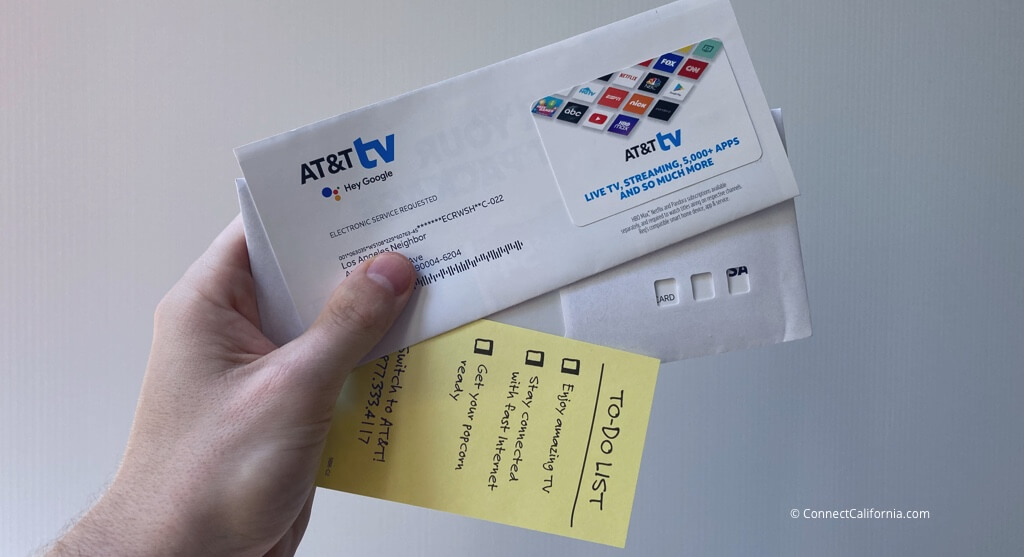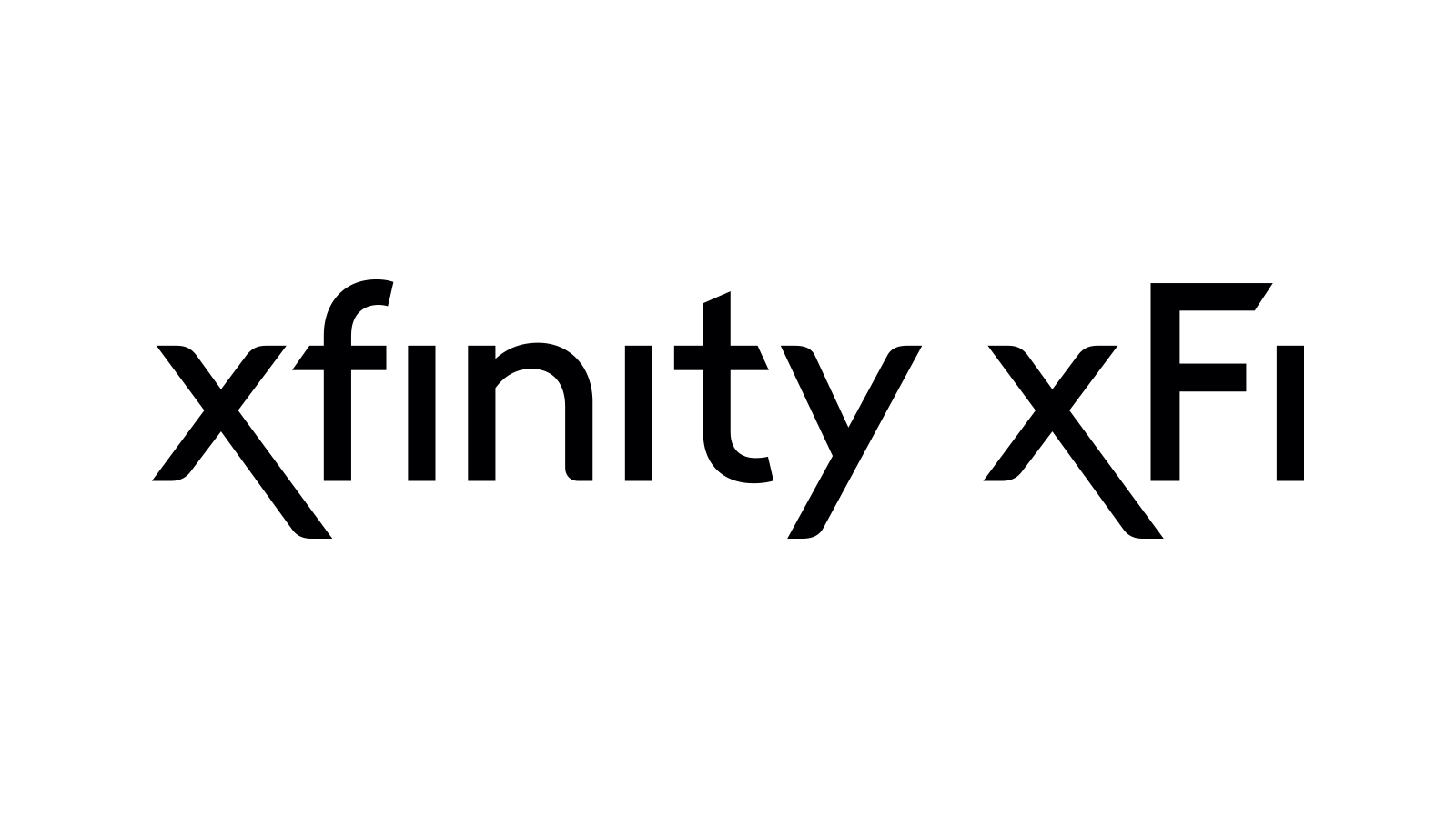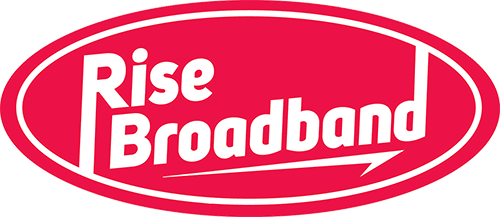Most common Urban alternatives Rural alternatives
AT&T internet is losing their monopoly in urban and suburban markets thanks to increased competition from cable and wireless 5G companies.
The result: AT&T internet alternatives have expanded for homes that formerly had few or no options.
In this article, I’ve gathered and highlighted the most common alternatives in six categories so that you can evaluate your new provider with less stress.

Most common alternative to AT&T internet: Earthlink
One of the biggest developments as of 2024 is that AT&T has opened their network up to leasing.
This allows Earthlink to offer service over the AT&T network, with lower pricing and different customer service.
The setup is similar to how mobile companies like Verizon allow cheaper operators like Mint to "Piggyback" on their network.
- Price range: $14.95–65.99 per month.
- Benefits: Alternative pricing and customer service on the same network.
- Drawbacks: Cannot provide higher speed.
- Best for: Customers frustrated with pricing more than speed.
Urban alternatives to AT&T internet
Urban alternatives to AT&T come from three main network types:
- Fiber internet (examples include Sonic, Ziply)
- Cable internet (examples include Xfinity, Spectrum)
- Fixed 5G internet (examples include Verizon, T-Mobile, Starry Internet)
Those of us in large cities have far more home internet options than just three years ago, thanks to the rapid growth of legitimate wireless options: namely, 5G.
Top fiber option: Sonic
Sonic is the best example of a fiber alternative to AT&T, especially since they compete with AT&T's legacy copper services as well as their much stronger fiber services.
Note that their fiber service is only available in California, and mostly in the Bay Area. However, Sonic also resells AT&T lines similar to Earthlink. They're known for having stronger customer service ratings, since everything is done locally rather than offshore.
- Price range: $49.99–59.99 per month.
- Benefits: 1–10 Gbps fiber service (10–100 times faster than the maximum AT&T phone line speed).
- Drawbacks: Limited to the Bay Area.
- Best for: Customers in California looking for the fastest speed.
Top cable option: Xfinity
Xfinity is one of the two most common cable alternatives to AT&T, rivaled only by Spectrum.
The primary reason to consider Xfinity is that they offer high download speeds and a wide variety of entry-level plans under 300 Mbps. While the upload speeds are limited to 35 Mbps, they're still the fastest option in most of their service area.
If you're upgrading to Xfinity from AT&T phone line service, you'll see a big speed improvement from the 25 Mbps AT&T speed to the 50–300 Mbps Xfinity speed at the same price range.
Xfinity also has a strong low-income program, which offers subsidized service to households near the poverty line. Unlike AT&T's program, Xfinity makes it easy to qualify and accepts more customers overall.
- Price range: $19.99–120 per month.
- Benefits: Faster speeds and cheaper TV options.
- Drawbacks: Cannot match AT&T's fiber service speeds.
- Best for: Customers looking for similar speeds with more flexible pricing.
Top fixed 5G option: Verizon 5G
While wired service alternatives like fiber and cable have the best reliability, they are frequently not available; especially in large residential buildings locked in with AT&T-only.
In addition to offering faster mobile speeds, 5G small cell towers are being used by providers including T-Mobile and Verizon to offer "fixed 5G" home internet service. Verizon has the largest service area in our tests, and the pricing is favorable for Verizon mobile customers.
This service type works by installing a reception box that doubles as a Wi-Fi router in your home. The device is typically installed near a window for the best reception, since it's connecting to the internet via cell tower similar to a mobile hotspot.
The key difference between fixed 5G and a mobile hotspot is that the speed offered are much faster, typically in the 200–450 Mbps range for downloads. Mobile hotspots usually display lower speeds in the 10–30 Mbps range.
- Price range: $50–70 per month
- Benefits: Can be provided wirelessly with simple installation.
- Drawbacks: Performance depends on proximity to 5G small cell towers.
- Best for: Customers in cities with no wired AT&T alternative such as cable.
Rural alternatives to AT&T internet
Rural homes have always had fewer options for internet access than their urban counterparts. While still true, the situation is improving somewhat thanks to advances in fixed wireless hardware from providers like Rise Broadband and Wisper.
Satellite internet has also seen a large upgrade, thanks to new competition from Starlink (the Elon Musk project you’ve probably read about).
To summarize, the AT&T alternatives for rural areas are:
- WISPs (Fixed wireless service providers)
- Satellite internet (Hughesnet, Viasat, and Starlink)
Top fixed wireless option: Rise Broadband
Rise Broadband is the largest fixed wireless provider (WISP) available in AT&T's service area. However, there are hundreds of local and regional WISPs in the US, including brands like Wisper, Unwired, and Starry Internet.
The best way to find WISPs in your area is to check directly with the FCC. These providers typically don't advertise well, making them tricky to find. Location and elevation also matters for getting signed up, you you'll normally have to call to validate if they can or cannot service your address.
- Price range: $25–55 per month.
- Benefits: Rural availability over long distances.
- Drawbacks: Speed limited to 50 Mbps maximum.
- Best for: Customers with no wired internet alternative to AT&T.
Top satellite internet option: Starlink
While Hughesnet and Viasat are the market leaders in US satellite internet, the provider offering the fastest speeds in 2024 is easily Starlink.
While this SpaceX/Elon Musk venture has gotten no shortage of press coverage, it does have some key problems to be aware of if switching from AT&T.
With Starlink, the main caveat is you're looking at $500+ in one-time equipment costs, since they doesn't offer leases like their competitors. This cost can be prohibitive.
Drawbacks aside, Starlink makes the most sense for customers on the legacy AT&T DSL service in rural areas. If you're in a suburban or urban area, Starlink is unlikely to be a better pick.
- Price range: $110+ per month.
- Benefits: Global coverage (in theory).
- Drawbacks: Expensive setup costs.
- Best for: Customers with no other option.
Frequently Asked Questions
Can you get AT&T internet by itself?
AT&T internet is sold by itself as a standalone service. The company offers a variety of bundle options and upsells including TV, mobile, and landline service. However, none of these extra services are required. ConnectCalifornia surveys show that most new AT&T customers elect to buy internet-only, especially in their fiber network areas.
What are some good alternatives to AT&T internet?
Good AT&T internet alternatives include Earthlink (cheaper price) and Spectrum cable (higher speeds). Customers without other wired internet options can consider Starry Internet for fixed wireless service. Rural customers typically have a choice between AT&T and satellite providers like Hughesnet or Starlink.
Is satellite internet faster than AT&T?
Satellite internet is generally slower than AT&T. It also compares unfavorably in terms of latency, since the signal has to go so much further. A typical AT&T DSL speed range is 1–5 Mbps; while companies like Hughesnet and Viasat advertise much higher speeds, network congestion brings the speed delivered down to the DSL range during peak use times. Starlink, the new satellite internet service from SpaceX, shows promise for a faster option. However, this service has a paid waitlist to sign up.










